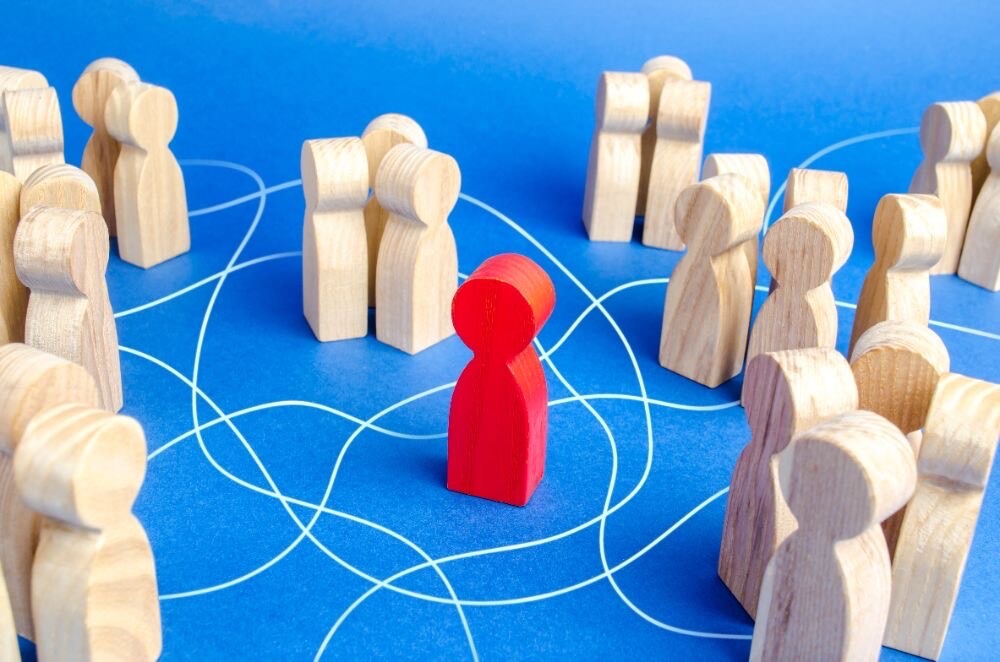Growing up in a predominantly white school in Australia, I often felt like an outsider. Being a Sri Lankan girl was a rare instance at my school. The colour of my skin, my name, and my cultural background set me apart. Even when I told students I was born here, they'd still ask where I was really from and question my name. These interactions made me feel like I didn't belong, like I didn't fit in.
There was a time in primary school when I was a prep student during the annual Buddy Program. This was an interschool program that my school ran, where Year 6 students were told to mentor a younger student. As names were called and pairs were formed, I sat alone, waiting to be chosen. Eventually, I was the only one left. My classmates' faces lit up as they were selected, while I just sat there, feeling foolish and distant.
As the years went on, these small moments of exclusion didn't disappear. I'd thought exclusion came with loud words, pointed fingers, cruel jokes and obvious types of discrimination. But it didn't. Instead, it came with subtlety, the worst kind. The type of exclusion that others think people don’t notice, so technically it isn’t wrong to do, yet I definitely did notice. How could I not?
In class, group projects were a struggle for me. I learned to drift close enough to groups to show I wanted in, but not so close that I'd be openly rejected. "We're full," they'd say, their eyes avoiding mine, and embarrassment filled my face. My throat began to dry up. My eyes did the opposite as tears almost fell. No matter what I did, I had to hold it together. I wasn't going to give them the satisfaction of seeing me upset, although I knew their group had room.
The following week had come, and I had been hopeful, thinking things could be different now that the teachers were in charge of allocating groups. This meant I would be with people who made me feel welcome and around whom I could be myself. But nothing had changed. There had been no difference. It was me and the leftover students. Is that really all I was? I began to believe it.
Outside the classroom, there came the usual lunch break. We'd often play sports during break, yet I was never quite part of the actual play itself. The ball flew past me like I was a post. Sometimes I'd sit alone, not because I was pushed out, but because no one would say, "come sit with us” like they would to others. The silence did more damage than words ever could.
Why can’t I be normal? A question I would ask myself constantly. I didn't want to be treated differently. I wanted to be the same as the people around me. Subtle forms of racism shouldn't be dismissed just because they're quiet. The harm that comes with it is just as deep; therefore, the action that should be taken against it should be loud and clear. At a primary school where people who looked like me were the minority, I felt out of place. It took years for me to recognise that I wasn't the one who needed reshaping.
Spending years in a place where I felt like I had to change to be accepted and to be enough made me question my cultural identity and whether I even enjoyed that part of myself. I thought if I were paler, more like them, then maybe I'd belong. But the truth is, no matter how much I tried to fit in, I couldn't change how others saw me or stop them from treating me unfairly because of the colour of my skin.
What I could change was how I saw myself. Stepping outside of that school, I realised there was a massive world to explore, filled with people who would appreciate me for who I am. It was about finding my place and embracing my identity, rather than trying to fit into a mold that was never meant for me.
With time, I discovered people who liked me. That's when I realised the problem was never who I was, it was how the people around me chose to react to it. I didn't need to change to deserve respect, but others needed to reflect on their behaviour, which would differ based on the colour of someone's skin. This is how I learned I am proud to be a brown, Sri Lankan girl.
